Discovering Indian Antiquities
- Mitalee Deshpande

- Apr 23, 2019
- 3 min read
Updated: May 27, 2019
A glimpse into Indian households over various centuries – from the Harappan Civilization to the mid-1900s

Surrounded by the British era buildings in the Fort area of Mumbai, the Chhatrapati Shivaji Maharaj Vastu Sangrahalaya is a home to premium art and history of the Indian subcontinent. Previously known as the Prince of Wales Museum of Western India, this Indo-Saracenic architectural building combines the Hindu and Saracenic architectural forms along with a few Western elements. Currently listed as a Grade I Heritage Building, it was founded in the early 1900s. Today it houses over 50,000 artifacts and collections of sculptures, terracotta’s, and excavated bronzes from the Harappan civilization. As well as sections including European paintings and Chinese and Japanese porcelain and ivory.
Some of the major art collections of the European and Far Eastern sections along with textiles, arms, bronzes and paintings were donated by Sir Ratan Tata and Sir Dorab Tata. Later, Sir Akbar Hydari and the Karl and Meherbai Khandalavala Trust also gifted the museum with outstanding collections Indian antiquities.
Religious Foundations
In line with Western civilization, Indian decorative arts find their inspiration in culture and religion. The three main religions – Hinduism, Jainism and Buddhism – are a recurring theme not only in decorative arts but also in textile, jewellery and fine arts.
The Holy Trinity of Hinduism - Brahma (the creator), Vishnu (the preserver), and Shiva (the destroyer) – make an appearance almost everywhere, right from carvings on cave walls and temple structures to woven motifs on the traditional saree. Various stylized forms of the Gods and Goddesses were invented and used in different articles. The statues of the deities were heavily decorated with jewellery which was then replicated for the general masses, albeit in a subtle way.
Adorned with Jewels
The Indus Valley Civilization forms a major source of information when it comes to jewellery of the Indian Subcontinent. Statues depicting different kinds of jewellery such as hair ornaments, earrings, necklaces with round and cylindrical beads, chains, belts, coiled ankle bracelets, arm bracelets, and arm rings were found in the Harappan sites.
The very beginning of body decoration started with flowers. Ancient dwellers plucked flowers to make garlands; not only to decorate the houses of the deities but also to beautify the human body. Later, jewellery was restricted to gold, silver, copper and brass. With various advancements, semi-precious stones and synthetic materials were added to the growing list of raw materials.
Dress Me Up
The Textile section of the museum takes us on a journey of the Indian household. It narrates a story of different phases in the life of a human through different clothes worn in each stage of life. In the Indian household, textiles symbolize growth, something to be passed down he generations. Textiles form a very important part in the Indian decorative arts and have seen tremendous growth and change throughout time.
Beginning with kids, the display showcases infant toys, bedspreads and jewellery – the arrival of a baby is remembered through the tiny clothes which were stitched by hand by the mother, and the grandmothers and aunts of the baby. It signified love and was considered even more expensive than treasure. The wedding attire of the marriage ceremony is considered holy and pure and is something a bride treasures all her life and passes down the generations to her daughter. This passing of heirlooms is what makes us remember our parents, therefore it is a significant aspect of life.
The Indian culture was once very rich and sacred. With changing times and industrial revolutions along with our fast-paced modern lifestyle, we’ve lost the patience to make things with hands and appreciate the effort, the love and the emotions that are required to give birth to an heirloom. The museum makes you realize that even though we’ve taken a big leap into a shiny future, along the way we somehow lost the essence of living. I believe the world is eventually coming a full circle to the point where it all started – breathing soul into everyday things.
Photos: CSMVS, and photos taken by author








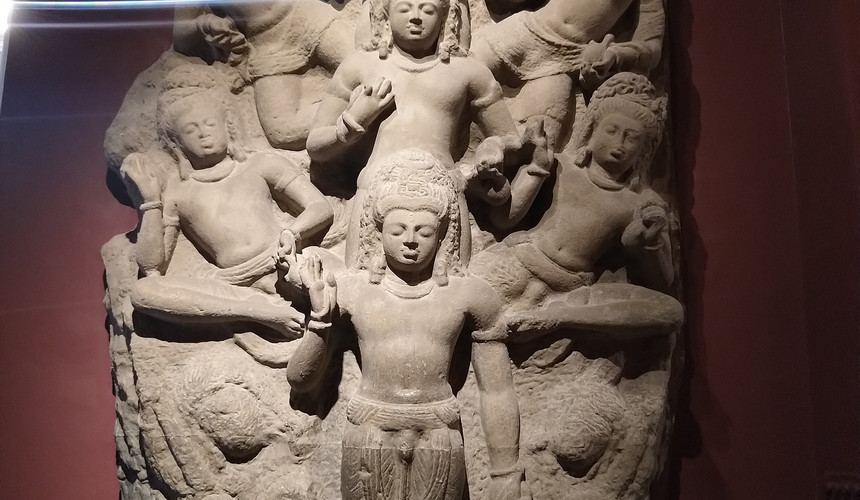


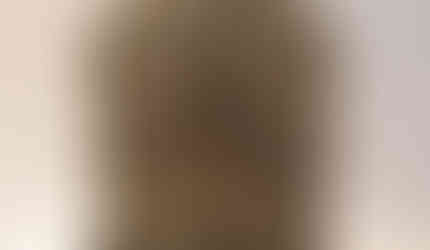




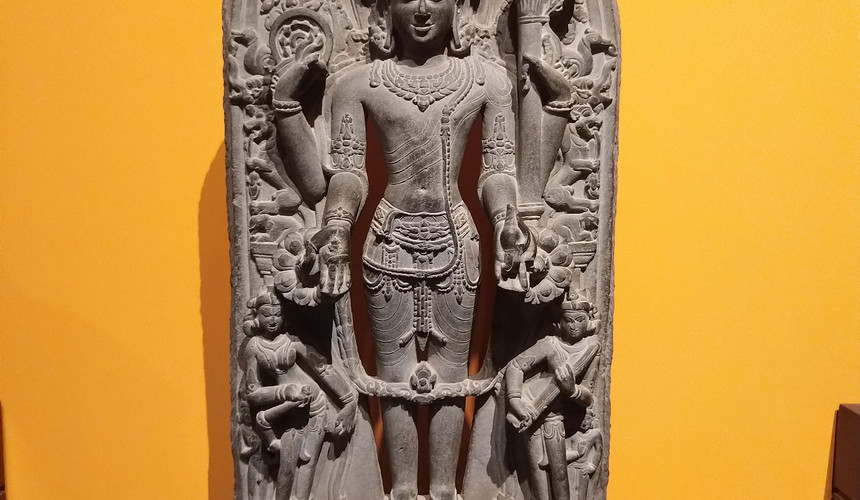

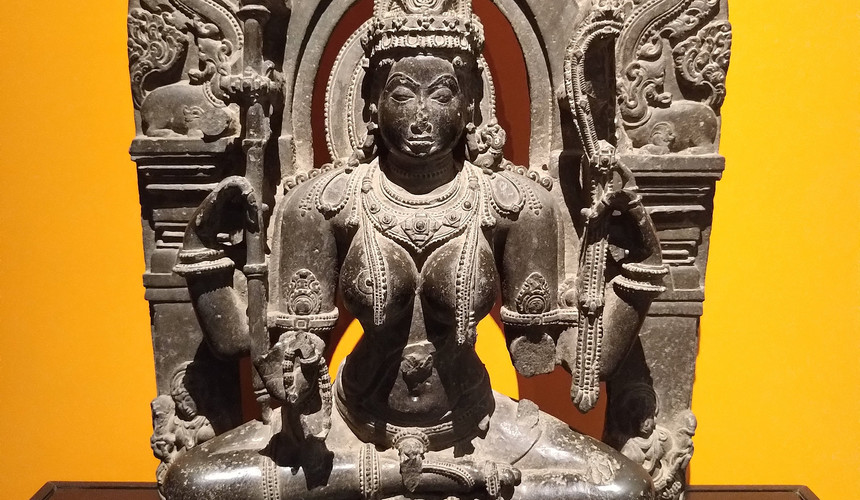



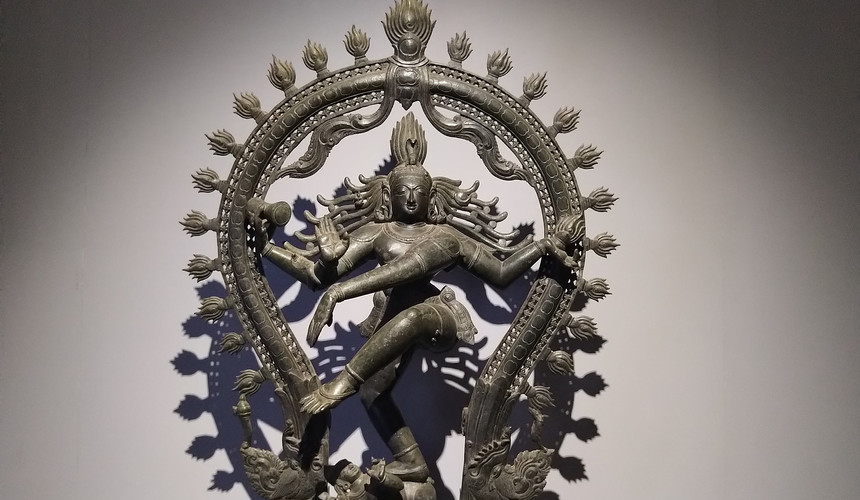
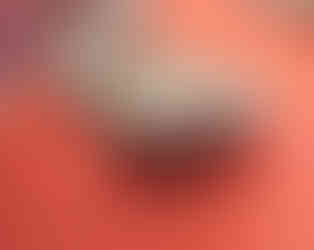








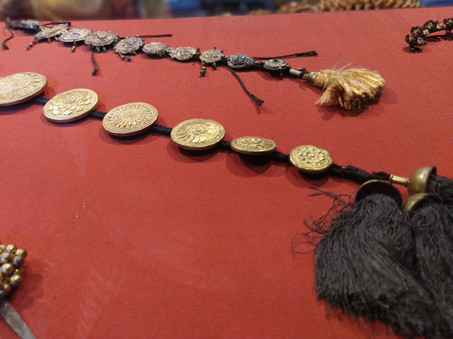

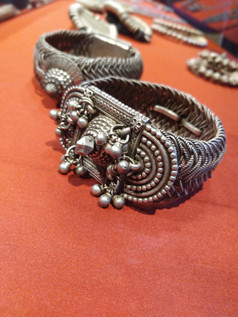



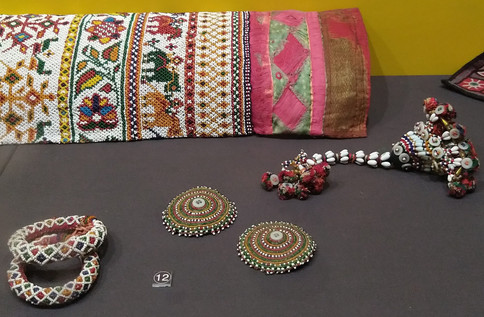



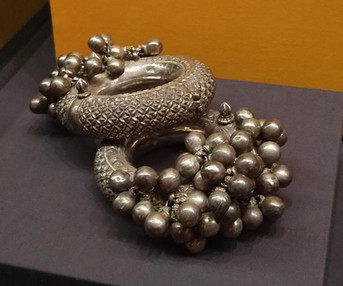






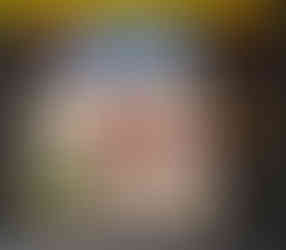

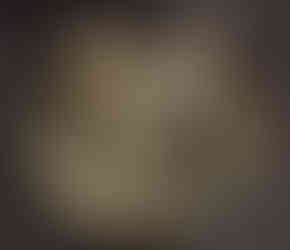






















Comments